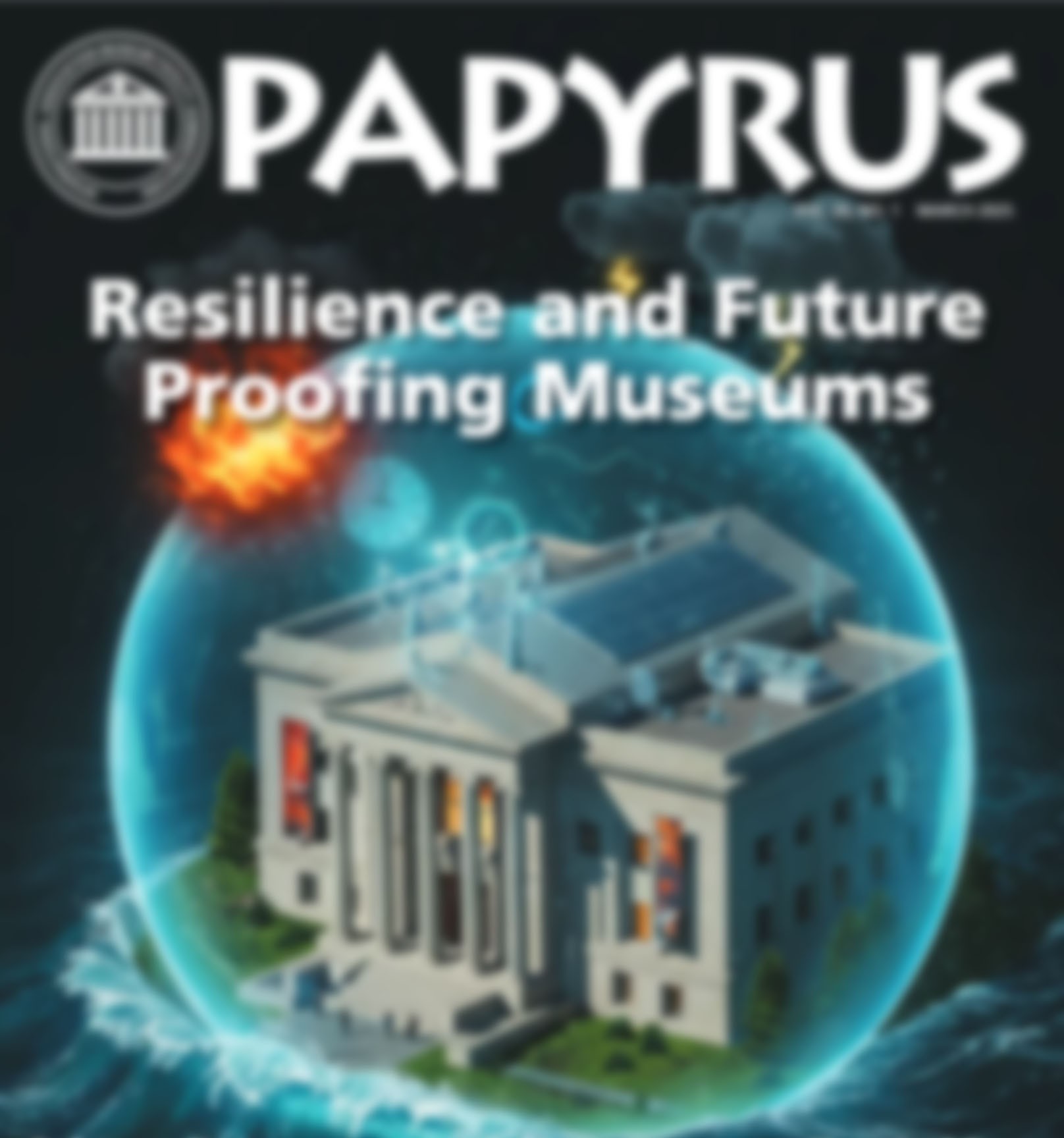
The March 2025 issue of PAPYRUS, the journal published by IAMFA (International Association of Museum Facility Administrators), featured an article about Pipetector’s chemical-free prevention of red rust on air conditioning pipes at the British Museum.
Below is a summary of the contents of this article.
The sustainable contribution of Pipetector introduced through its implementation at the British Museum
In recent years, non-profit organizations such as museums and art galleries have been demanding sustainable facility management that does not rely on chemicals. The British Museum has long been limiting the use of any chemicals, and adopted our Pipetector to address internal corrosion that has occurred in central heating pipework.
The device is installed outside the pipe and applies low-frequency electromagnetic waves into the water inside the pipe, occurring Nuclear Magnetic Resonance in the hydrogen nuclei. This changes the structure of the water molecules, and hydrated electrons are generated by the kinetic energy of the water.
These hydrated electrons prevent further development of red rust and convert existing red rust into water-insoluble black rust (Magnetite). It has also been confirmed that this improves thermal conductivity of pipes, reducing energy costs.
After the Pipetector installation, the British Museum commissioned a third-party organization to analyze the components of water samples taken from the central heating system, and it was reported that the iron ion concentration had decreased from 20 mg/L to 0.2 mg/L compared to before the installation of the Pipetector. The color of the water also improved significantly, from dark red to clear, demonstrating the visible effects.
The article introduces Pipetector as a leading example of sustainable facility device through these achievements, and also mentions that it has already been adopted in many facilities in the UK, including Buckingham Palace and Windsor Castle. Furthermore, as a domestic example of its use in Japan, the article cites an office building in Tokyo that was more than 50 years old, where an inspection of the inside of the pipes was conducted in 2024, about nine years after Pipetector installation, and found that no signs of red rust and the pipe walls thickness remained at the same level as when it was new.
The article concludes that the successful implementation at the British Museum could serve as a guideline for achieving safer and more sustainable facility operations in museums and art galleries around the world.

